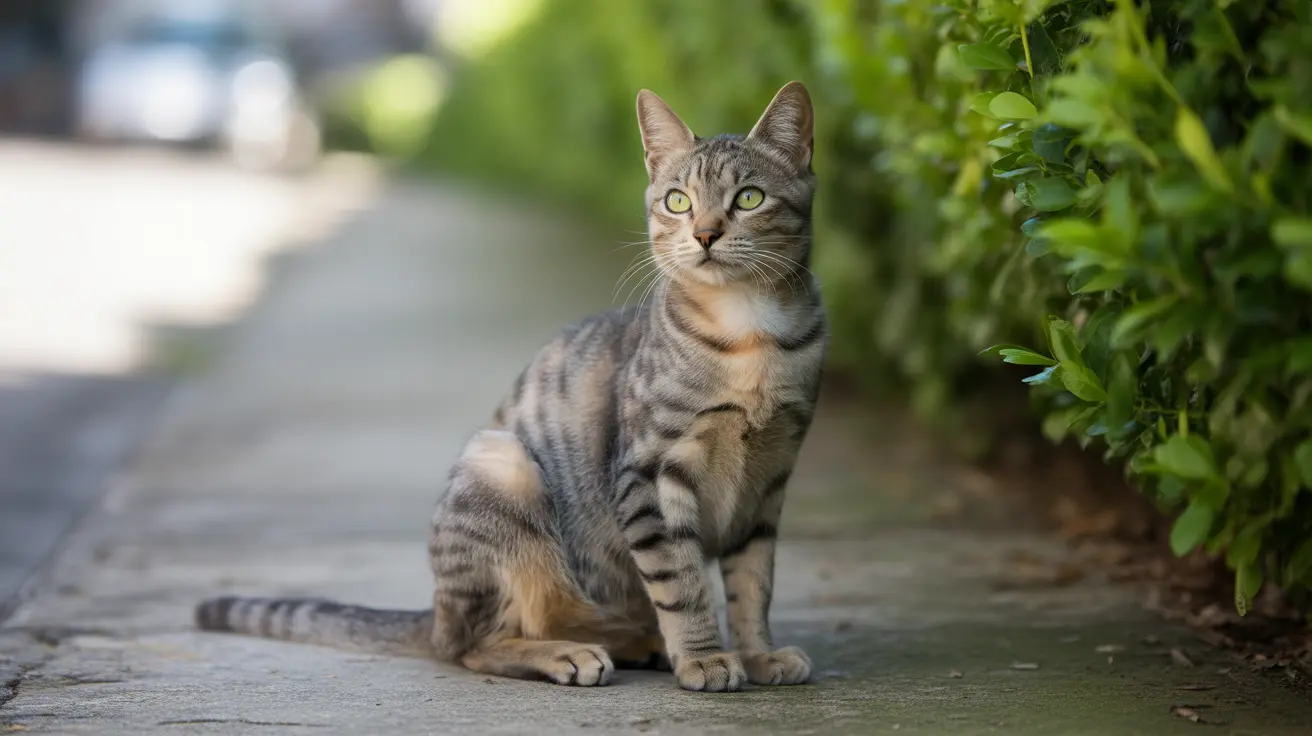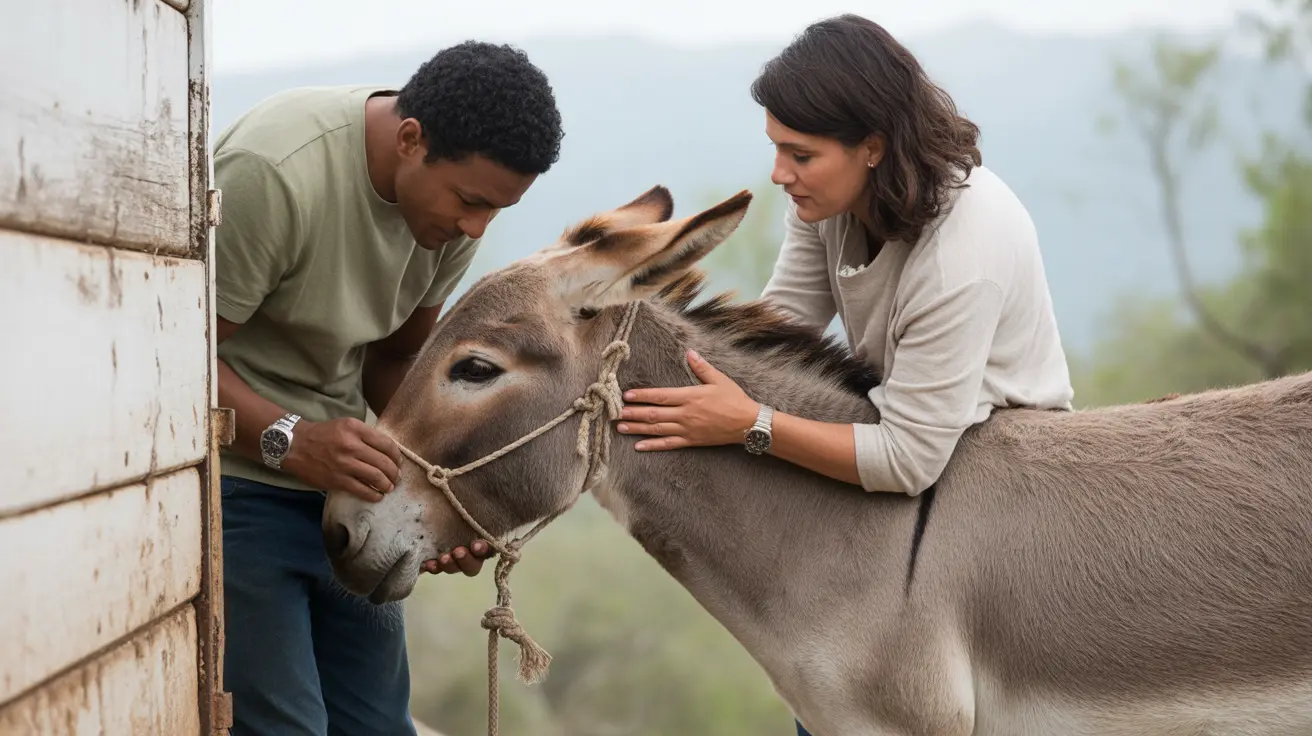Understanding Trap-Neuter-Return Benefits
TNR programs represent a humane and effective approach to managing feral cat populations. The process involves carefully trapping community cats, providing them with necessary veterinary care including sterilization, and returning them to their original territory. This method helps stabilize cat colonies while preventing population growth through natural means.
Key Components of Successful TNR Implementation
- Professional trapping and handling procedures
- Veterinary care and sterilization
- Post-procedure monitoring
- Community education and engagement
Community Engagement in Animal Welfare
The program's success relies heavily on coordinated efforts between municipal authorities and local residents. By establishing clear guidelines and providing necessary resources, Dunmore has created a framework that encourages responsible community participation in feral cat management.
Municipal TNR Funding Success
Grant funding has played a crucial role in sustaining the program's operations. This financial support ensures that necessary medical procedures, equipment, and educational resources remain available to support the initiative's ongoing success.
Humane Cat Management Practices
The program emphasizes the importance of treating feral cats with compassion while addressing population concerns. Each cat receives appropriate medical attention, including:
- Health assessment
- Sterilization
- Vaccination
- Ear-tipping for identification
Public Health Implications
TNR programs like Dunmore's contribute significantly to public health by:
- Reducing uncontrolled breeding
- Maintaining healthier cat populations
- Minimizing potential disease transmission
- Creating more stable community cat colonies
Frequently Asked Questions
How can I participate in the Dunmore Borough TNR program?
Residents interested in participating should contact local animal welfare authorities for information about available financial assistance and proper procedures. The program requires following specific guidelines to ensure both human and animal safety.
Why is ear-tipping important in TNR programs?
Ear-tipping is a universal identifier that helps program coordinators and community members recognize cats that have already been through the TNR process. This prevents unnecessary retrapping and ensures efficient use of resources.
Why can't I feed feral cats unless they're part of the TNR program?
Dunmore's regulations require cats to be part of the TNR program before feeding to ensure population control effectiveness. This policy helps prevent unmanaged colony growth and encourages participation in the official TNR initiative.
Conclusion
The success of Dunmore's TNR program demonstrates the positive impact of well-structured community cat management initiatives. Through continued grant funding and community support, the program serves as an example of how municipalities can effectively address feral cat populations while prioritizing animal welfare and public health concerns.
Pet owners and community members interested in supporting similar initiatives are encouraged to learn more about TNR programs and explore opportunities for involvement in their local areas. The combination of municipal support, proper funding, and community engagement creates a sustainable model for humane feral cat management.






